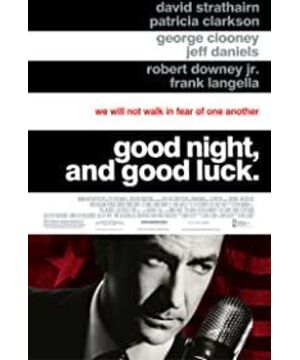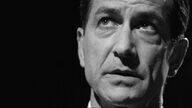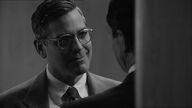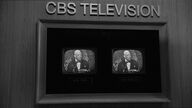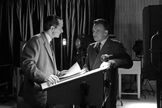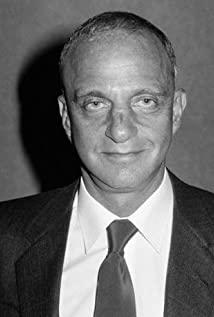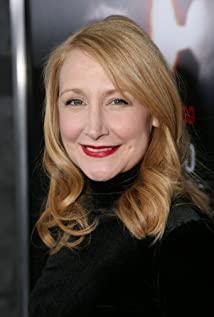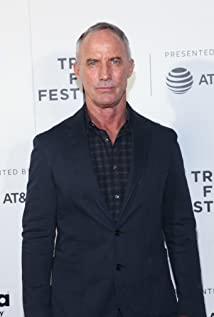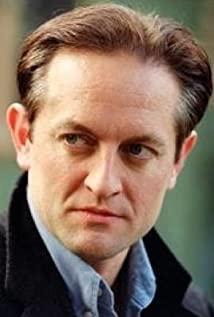The film was recommended by a teacher in Introduction to Radio and Television to give us an idea of Edward Morrow and the development of television.
But now I will briefly analyze it from the perspective of film aesthetics.
The theme of the film is Morrow's series of practices and obstacles as a pioneer of truthful reporting on TV, allowing us to see such a brave man who created TV's "responsibility".
The lighting of the film is worth mentioning. Shooting a black and white film in 2005 must require solid lighting skills from the director, in order to better express the effect through light and shadow without color. After the live broadcast of Morrow's first objection to McCarthyism, the lights faded, the camera showed a close-up of Morrow's profile, and a gray-white TV screen showed the same camera in the background. , which also shows that Moruo himself is actually full of worries and uncertainties about this subversive broadcast. In the broadcast program connected with McCarthy, the camera shot for McCarthy is looking up, showing McCarthy's small seconds, while the shot for the protagonist Morrow is looking up, reflecting Morrow's lofty and stalwart. A stark contrast was formed.
When showing the busyness before the live broadcast, the camera smoothly transitions from one person to the next, and before showing one person's face, the person is hidden until the camera moves slowly. Attention also caused the audience the same anxiety as the people in the film, as if everything was still in a state of chaos. When reflecting the intensity of the discussion, I saw the shadow of "Twelve Angry Men". In a closed room, everyone has a heated discussion, the scene scheduling is reasonable and fine, and the reaction shots of everyone are given to show the intensity of the discussion process.
The most memorable scene for me in the film is the scene where Morrow and Don face off in the office. The distance between the two people is very far, and the camera is shot from a high-rise building in the distance, both of them are blocked by blinds, and the window facing the camera is indeed bright, which also implies the meaning of "the enemy is dark and we are bright". Alluding to the tragic ending of Tang's final forced suicide.
In fact, the story of the film is relatively boring, it is a documentary film, just to restore the true story. Here, I pay tribute to Edward Morrow, for his contribution to television, for giving television a new meaning, and it is no exaggeration to say that his television explorations saved that deformed era.
View more about Good Night, and Good Luck. reviews


